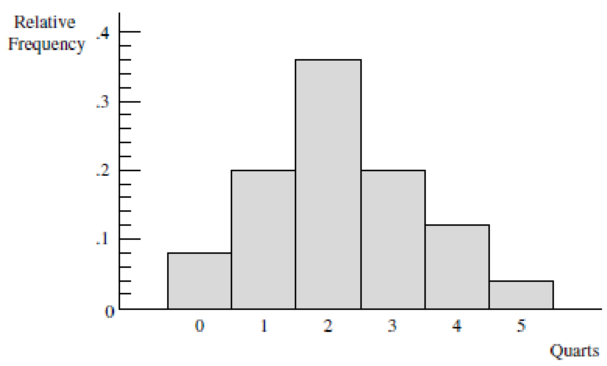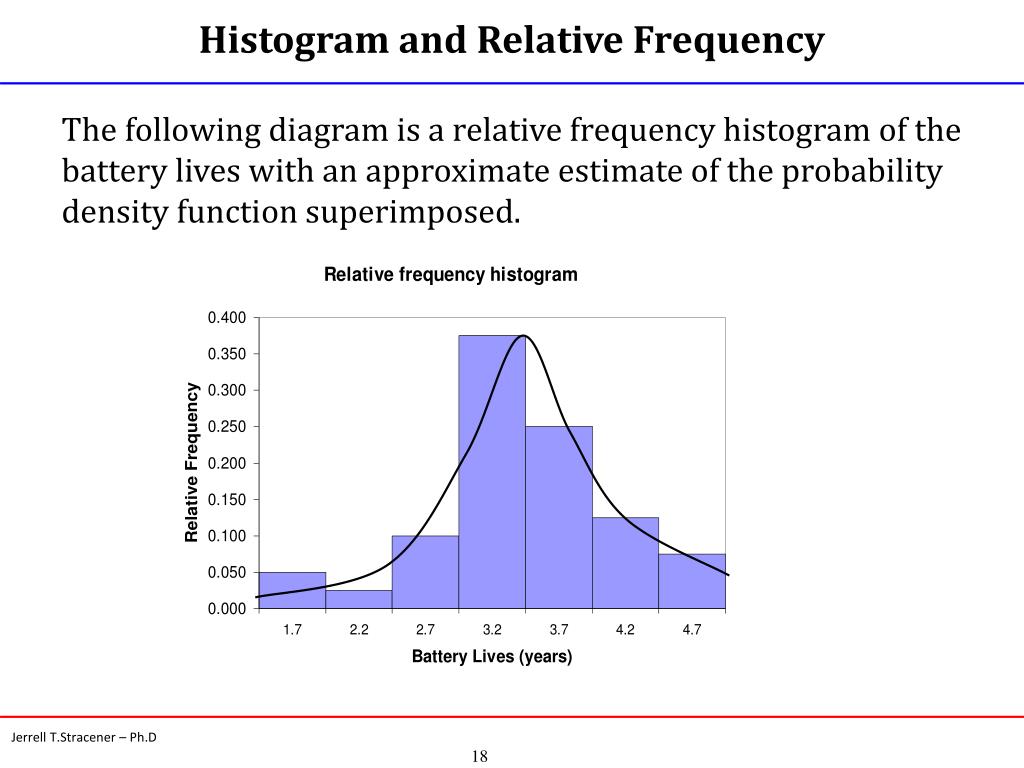

It is better to keep your number of bins between 5 and 15. Then decide how many bins you want to create.These two will not change your data arrangement. Or you can use Excel features: Sort Smallest to Largest, Sort Largest to Smallest, or Sort to sort data and then find out the smallest and largest values from a data set. You can use Excel MIN () and MAX () functions to find out the lowest and highest value respectively. At first, find out the lowest and highest value from your data set.Prepare Your Data at Firstīefore you make a frequency distribution table in Excel, you have to prepare your data in the following ways: So, you now know the terminologies related to a frequency distribution table. In the same way, you can find the next cumulative frequency 13 (7+2+4), next one 17 ( 7+2+4+4), next cumulative frequency 19 ( 7+2+4+4+2), and the last one 20 ( 7+2+4+4+2+1).

9 is found summing standard frequency 7 and 2 (7+2=9). The first frequency is 7, which is the same as the standard frequency 7 on the left. On the above image, you see there is a Cumulative Frequency column. Cumulative Frequency: You get the cumulative frequency from standard frequency.For example, for bin 70-79 we have found 2 scores. Frequency:Frequency is how many values are counted for a bin.The size of the last bin (<40) is 40 as from 0 to 39 there are 40 values.

The size of the second bin (70-79), third bin (60-69), fourth bin (50-59), and fifth bin (40-49) is 10 as there are 10 numbers in every bin.


 0 kommentar(er)
0 kommentar(er)
